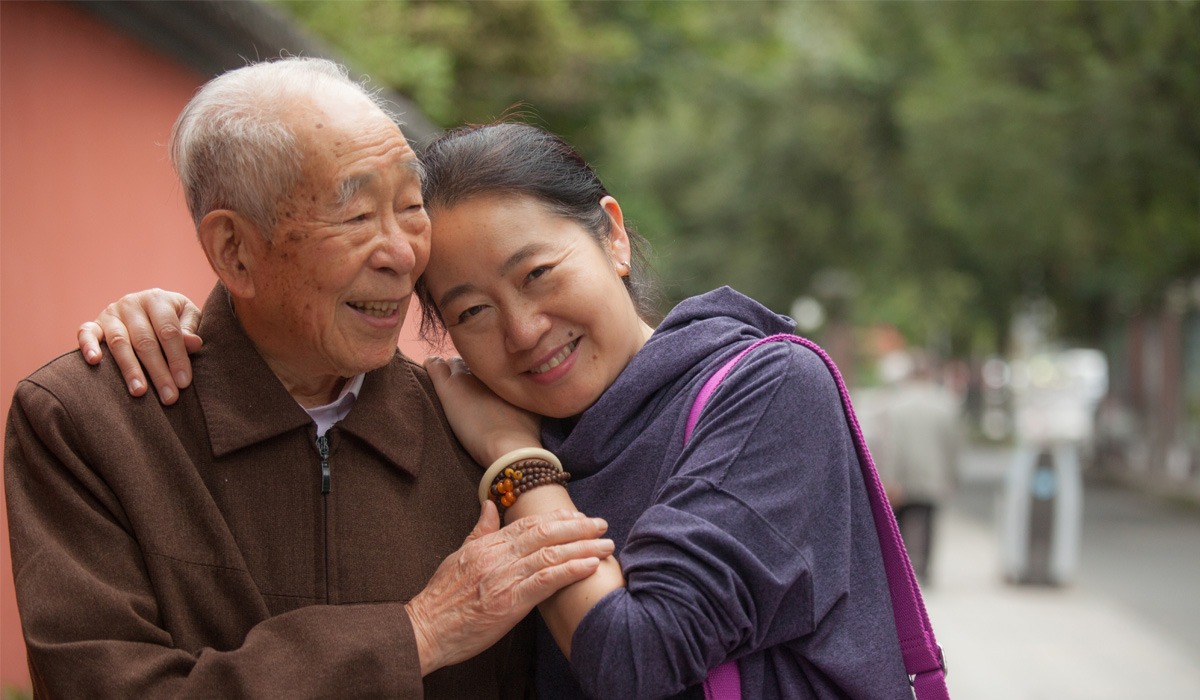
16
MAY, 2018
What is Human Factors and Why is it Important to Patient Safety?
Human factors crosses over many disciplines (anatomy, physiology, physics and biomechanics) to understand how people perform under different circumstances, and when studied and applied systematically, can contribute to more productivity and job satisfaction for healthcare professionals.
An awareness of human factors, and a commitment to invest in understanding and improving those human factors leads organizations to design processes that improve the ability of individuals and teams to deliver not only the highest quality of care, but the safest.
Comprehensive human factors programs support safe practices, ensure accurate and appropriate prescribing of medications, and provide for clearer communications and information management.
While they have always played a role in productive and effective healthcare, at times, given the increased complexity and fragmentation of services and systems, there can be “unintended consequences” when too much time is spent with machines leaving not enough time to really connect with humans.
The healthcare industry, and the health of society depends on humans, doctors, nurses, nurse practitioners, specialists, pharmacists and others.
A well-designed factors programn can make it easier for healthcare providers to care for patients, but only when those programs are created in the context of change (including regulatory and economic change, new software systems, new medical equipment and more).
Human factors practices can be adapted to reduce or eliminate mistakes often associated with lack of communications or miscommunications, and applied in different settings, from trauma centers where acting quickly can save lives, to the ICU where care is provided by larger teams of experts, to ambulatory care with less extreme cases and real-time pressures.
Excellent human factors design takes into consideration both the ideal situation, when a patient is cared for by a well-rested, experienced professional, but also applies when a patient is being served by a professional who may be exhausted, overwhelmed or otherwise stressed out.
Whether designed for human-to-machine or human-to-human communications, when quality human factors are instilled in the operations of healthcare facilities and – most importantly – embedded into the culture – we can find the right balance teaming technology and people together to get the work done more successfully.
This leads to better medical outcomes, better patient experience, better economics, and happier professionals who can be productive while still enjoying the reason most doctors and nurses chose healthcare as a profession – to care compassionately for others.
Human beings are not machines.
Machines, when maintained, are predictable and reliable.
Human beings, while not as predictable and reliable simply due to the limitations of our energy and memory, are more creative, self-aware, flexible and comforting than machines will ever be.
It is at the intersection of machines and humans, of software and systems, that we have unlimited opportunities to create the right mix to deliver the best care and drive the best outcomes for all.
In summary, a quality human factors system implementation can:
- Reduce errors
- Improve overall patient outcomes
- Save money
- Improve clinician productivity
- Enhance the patient and family experience
- Reduce stress and burnout of healthcare professionals
- Be implemented in coordination with health data systems (EMRs, etc.)
- Be a key part of patient safety initiatives
- Improve chances of Joint Commission certification
Medical Tourism and Travel: A Movement
09 OCTOBER, 2018 Medical Tourism and Travel: A Movement In this 2017 study published by the Medical Tourism Association (MTA), this non-profit association shared the latest trends associated with traveling internationally for quality medical care. The methodology...
100 Years of Innovation and Compassion: The United Home in New Rochelle and the Power of Beauty in Healing
Aging Gracefully: A Portrait in Living a Beautiful Life at the End of Life
29 SEPTEMBER, 2018 Aging Gracefully: A Portrait in Living a Beautiful Life at the End of Life Throughout our lives, we are drawn to beautiful places and peaceful landscapes. We find meaning in meadows and forests, expression in murals and museums, and comfort and...


